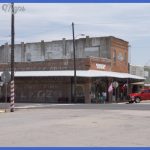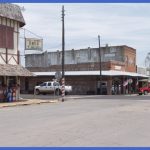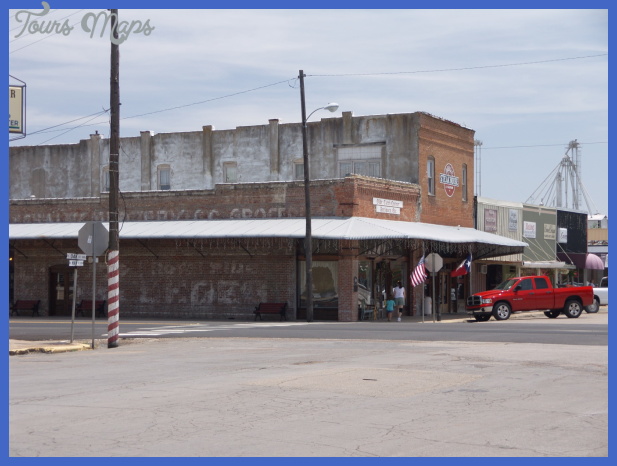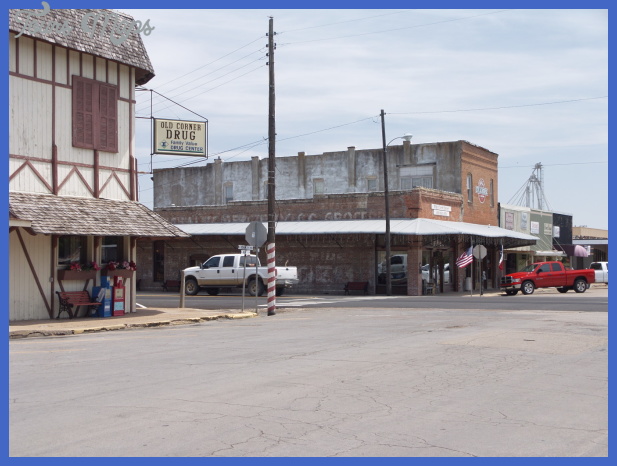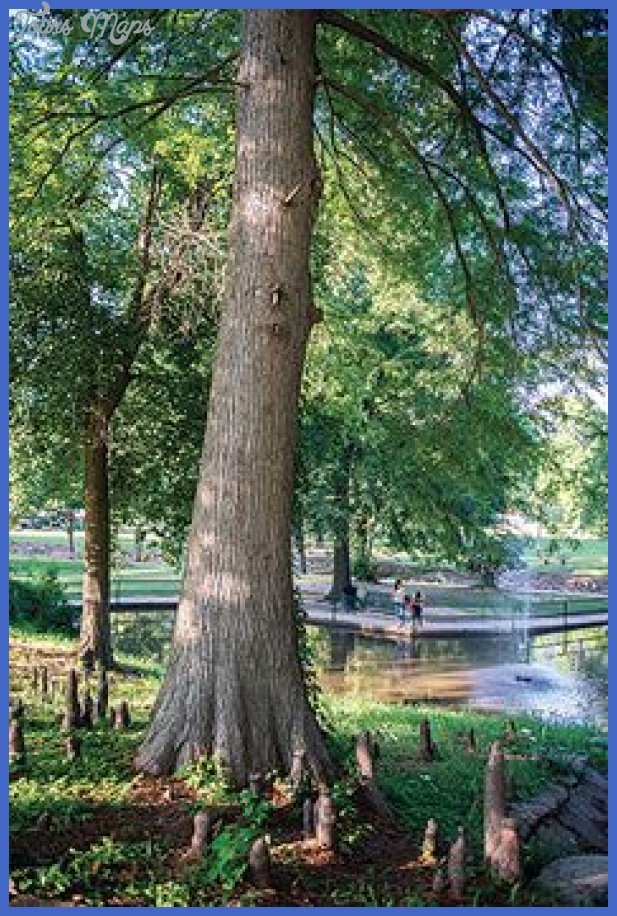The Postwar Era and the Chicano Movement
Post-World War II activities laid the groundwork for the later labor and civil rights movements of the 1960s and 1970s. World War II changed many Texans; one of these was Hector P. Garcia, founder of the American GI Forum (AGIF). Garcia had served as an army physician in Europe and had risen to the rank of major, earning a Bronze Star and six battle stars. Afterward he settled in Corpus Christi, where he joined LULAC in 1946, becoming the organization’s president one year later. He became more politically active when he realized that veterans’ rights were being ignored by the Veteran’s Administration. Since a forum to address this issue was clearly warranted, and because LULAC’s policy was to avoid intervening in politics, Garcia established the American GI Forum in 1948. He intended that the organization address the veterans’ struggles against discrimination in health, housing, education, and employment.
The forum’s first major challenge came a year later. In 1949, the director at Rice Funeral Home of Three Rivers, Texas, denied access to funeral-home services and refused to bury Private Felix Longoria, a soldier who had been shot while on active duty in the Philippines. The funeral director was concerned because the only cemetery in the young man’s hometown was all white, and the local white population objected to having a Mexican American buried there. Outraged, the AGIF organized a protest campaign and contacted then-state senator Lyndon B. Johnson, who intervened. Johnson arranged for Private Longoria to be buried in Arlington National Cemetery with full military honors.
AGIF’s efforts on Longoria’s behalf drew national attention and established the organization’s credibility as an advocate for political change. Following the incident, chapters of the organization were opened throughout the United States. In
Texas, AGIF expanded their efforts by registering citizens to vote, promoting the causes of political candidates that best addressed their needs, emphasizing a Mexican American presence on local draft boards, and creating student scholarships. They were also instrumental in major court cases, such as when they teamed up with LULAC in Hernandez v. the State of Texas (1954), a case that argued the protection of Mexican Americans under the Fourteenth Amendment. The American GI Forum was acknowledged by Congress, who issued it a federal charter in 1996.
The forum’s political action extended into the realm of presidential politics. The formation of statewide Viva Kennedy clubs, the brainchild of Henry Garcia, did much to catapult John F. Kennedy into the presidency. Kennedy had been active in World War II and became an AGIF member in 1960. Many members of both AGIF and LULAC were involved in the clubs and actively recruited people to get out and vote. Kennedy won the election with 91 percent of the Latino vote from Texas. In 1964 many of the same people formed Viva Johnson groups in support of LBJ, who had been Kennedy’s vice president and who had always been sympathetic toward the state’s Mexican American populace.
Many Viva Kennedy Club members went on to form significant political-action groups, like PASSO (the Political Association of Spanish-Speaking Organizations). PASSO’s main goals were to garner greater political power to enhance economic and social advancement of Mexican Americans. In 1962-1963, PASSO joined forces with the Teamsters Union and formed a political coalition that succeeded in electing five Latinos to the city council of Crystal City, Texas. The city operated under this council’s control for the next two years.
In turn, PASSO inspired the creation of other organizations. MALDEF (the Mexican American Legal Defense and Education Fund) was founded in 1967 with the main purpose of arguing civil rights lawsuits involving Mexican Americans. Another organization, the Southwest Voter Registration Education Project, was founded in San Antonio in 1974 and successfully allied itself with the civil rights movement, holding door-to-door voter registration drives in order to guarantee each citizen’s voting rights.
Nationally, legislation was also passed that impacted Latino voters in Texas in a positive way. In 1964, the Civil Rights Act outlawed segregation in schools and public places and barred unequal application of voter registration. That same year, the Twenty-Fourth Amendment to the Constitution was passed, prohibiting the poll tax for federal elections. In 1965 the National Voting Rights Act was passed, banning literacy tests as requirements and allowing Department of Justice oversight to registration. In 1975, Representative Barbara Jordan expanded this act to include Spanish speakers.
Court cases and legislation driven by the civil rights movement and instigated by African Americans also impacted Mexican American education. In Sweatt v. Painter (1950), the U.S. Supreme Court ruled that segregation in higher education
was unconstitutional. The complainant, Herman Marion Sweatt, had applied to the University of Texas School of Law in 1946, but his application had been denied because of race, despite the fact that he had met all eligibility requirements. The subsequent court decision required racial integration of the law school. Brown v. Board of Education of Topeka (1954) argued that separate public schools for black and white students were inherently unequal.
The American GI Forum of Texas also fought and won cases related to the segregation of Mexican children into Mexican schools. In 1957, a federal court ruled that segregation of Mexican American children in Texas public schools was unjustifiable. In 1973, Governor Dolph Briscoe signed the Texas Bilingual Education Act into law. This legislation required that in grade groups consisting of 20 or more non-English-speaking children, lessons must be taught in those students’ native language. In 1974 bilingual education was assured in a case successfully argued before the U.S. Circuit Court of Appeals by Vilma Martinez, MALDEF’s director. This effectively ended the 1905 prohibition against speaking Spanish in schools.
The 1960s and 1970s saw the emergence of the United Farm Workers (UFW) in Texas. The UFW, originally the National Farm Workers Association (NFWA), was founded in 1962 by civil rights activist Cesar Chavez to protect farm laborer rights. In an area as agriculturally active as Texas, it was natural that Chavez’s message would have great impact. In 1966 the UFW supported melon workers in Starr County, Texas, in their strike and protest. The laborers marched from the Rio Grande valley to Austin in protest of bad working conditions and low salaries. The Starr County Strike marked the beginnings of the Chicano Movement in Texas. Later, in 1975, many former UFW workers would found the Texas Farm Workers Union (TFWU). For the next ten years, under Antonio Orendain’s leadership, TFWU organized strikes and workers in the Rio Grande valley and west Texas.
Farm workers were not the only ones to find their voices through union organization. In 1969, garment workers at El Paso’s Farah Manufacturing Company formed a labor union, the Amalgamated Clothing Workers of America. In May 1972, 4,000 El Paso workers walked out in solidarity with plant workers at Farah’s San Antonio location, who had gone on strike after many of them had been fired for pro-union activities. The AFL-CIO supported the boycott of Farah products that followed. The strike lasted for two years, but in 1974 Farah was forced to reinstate the striking workers and provide a contract that would guarantee the workers pay increases, job security, and a well-defined grievance procedure.
Labor and civil rights issues were the cornerstone of the Chicano Movement of the 1960s and 1970s, and many groups were formed in response to a variety of issues. One of the most important student groups was the Mexican American Youth Organization (MAYO), founded in San Antonio in 1967 by Jose Angel Gutierrez, Willie C. Velasquez, Mario Compean, Ignacio Perez, and Juan Patlan.
Beyond concerning themselves with social-justice issues, MAYO members believed in nonviolent, direct political action. To this end, they sponsored and organized many demonstrations on behalf of laborers and students alike. From 1967 through 1972, they organized thirty-nine student walkouts across the state. One of the most memorable was the student walkout in Crystal City the city PASSO had earlier helped to elect a Mexican American city council. In 1969, after the school board refused to act on parent and student allegations of discrimination, 200 Mexican American students walked out. This boycott soon spread to middle and elementary schools across the city.
One of the results of MAYO’s success was the 1970 formation of the Raza Unida Party, organized by many of MAYO’s members. The party’s goals were to elect leaders who would bring greater economic, social, and political selfdetermination to Mexican Americans. The organization had branches all over Texas and outside of the state as well. Although the Raza Unida Party lasted only until 1978, its legacy is still palpable. They achieved particular success in elections in south Texas, winning seats on the Crystal City school board and city council, as well as positions in Kyle, Lockhart, and other places. Because of these victories, Mexican Americans continue to be represented in political office in south Texas.
The Legacy of the Civil Rights Movement and Latinos in Texas in the Late Twentieth and Early Twenty-First Centuries
The Chicano Movement led to great reform in the latter part of the twentieth century. Of the many changes that occurred, educational reform was perhaps impacted the most. In public schools, bilingual education continues, although limited by the number of qualified bilingual teachers available and challenged by the anti-affirmative action positions of the Reagan administration during the 1980s. Most major universities across the state, including the University of Texas at Austin and the University of Texas at El Paso, now offer undergraduate and graduate degrees in Chicano/Mexican American studies. Professors have developed coursework that focuses on the political, economic, and artistic development of Latinos across the United States and in Texas. Latino educators now teach at universities and in public schools; many of these teachers, like Jose Angel Gutierrez, participated in the Chicano Movement
These changes are the result of consistent political engagement on the part of the Latino population. In particular, positions of national power seemingly unattainable in earlier times have been filled by many progressive leaders. Congressman Henry B. Gonzalez, from San Antonio, represented the twentieth congressional district from 1961 to 1999. Henry Cisneros, elected to San Antonio’s mayoral office in 1981, became the secretary of Housing and Urban Development (HUD) in 1993.
Clinton also appointed Laredo-born Federico F. Pena to the post of secretary of transportation and Norma Cantu, former director of the MALDEF, to the post of assistant secretary for civil rights in the Department of Education.
Mexican Americans also became more involved with the Republican Party and held positions of great authority within it. From 1965 to 1972, the Mexican-American Advisory Committee (MART) supported Republican candidates across the state and nationally. The Texas branch of the Republican National Hispanic Assembly (RNHA), created in 1970, appealed to many conservative Puerto Rican and Cuban Americans who felt excluded by MART. Lauro F. Cavazos, born on the King Ranch in Kingsville, became the first Latino to serve in the U.S. cabinet when he assumed his duties as secretary of education in 1988. Most recently, San Antonio’s Alberto Gonzales served as White House counsel (2001-2005) and then as U.S. attorney general (2005-2007).
Owing to educational opportunities and the efforts of earlier feminists, Latinas have also excelled in the years following the movement. Organizational efforts include the short-lived Chicana Research and Learning Center (1974-1976); the Mexican American Business and Professional Women’s Association (1975); and the Hispanic Women’s Network of Texas (1987). By 1990, some 500 out of 2,400 Hispanic lawyers were women. By 1993, Latinas held more than 400 public offices in the state, and in 1995, El Paso’s Dolores Briones made a bid for a congressional seat.
International events impacting Texas’s Latino community include the passage of NAFTA (the North American Free Trade Agreement) in 1994. NAFTA was an attempt to eliminate all trade tariffs between Canada, the United States, and Mexico within 15 years. While trade would be stimulated between the three NAFTA partners, labor unions and industry in the United States opposed the treaty because of the potential for job loss. In Mexico, agricultural prices dropped, destabilizing a variety of local, interdependent economic arenas, which led to northern migration. By 1995, more than 500,000 Mexicans were working in dangerous and highly exploitative environments of the border maquiladoras assembly plants for goods destined for the United States. Many of those who will not or cannot find employment enter the United States as undocumented workers, hoping for agricultural jobs. As in the past, the new influx has impacted existing Latino communities, especially those near the border.
The September 11,. 2001, attacks on the United States have brought the immigration debate to a head. Before the attack, laws such as the Immigration Reform and Control Act (1986) and the Anti-Drug Abuse Act (1986) enhanced the powers of U.S. border authorities and the DEA. During the 1990s, the Antiterrorism and Effective Death Penalty Act (1996) and the Illegal Immigration Reform and Immigrant Responsibility Act (1996) imposed severe penalties for illegal activities on the part of migrants.
The 9/11 attack on the United States by foreigners exacerbated tensions in the state and led to an ongoing, often heated exchange between members of Texas’s
Latino and white communities. Within each camp, those who promote more of an open-door policy for migration do so for a variety of reasons, including the need for workers in agriculture and cattle, cultural affiliations and affinities with Mexico, and the vitality that comes with the influx of new people. Those opposed to migration cite an increase in illegal activities, including drug trafficking; a decrease in job security for U.S. citizens; and the heightened risk to national security. Accusations of racism and xenophobia, lobbed by the members of one group, have been met by accusations of un-American activities by the other.
Texas Travel Destinations Photo Gallery
Maybe You Like Them Too
- The Best Cities To Visit in The World
- World’s 10 Best Places To Visit
- Coolest Countries in the World to Visit
- Travel to Santorini, Greece
- Map of Barbados – Holiday in Barbados




